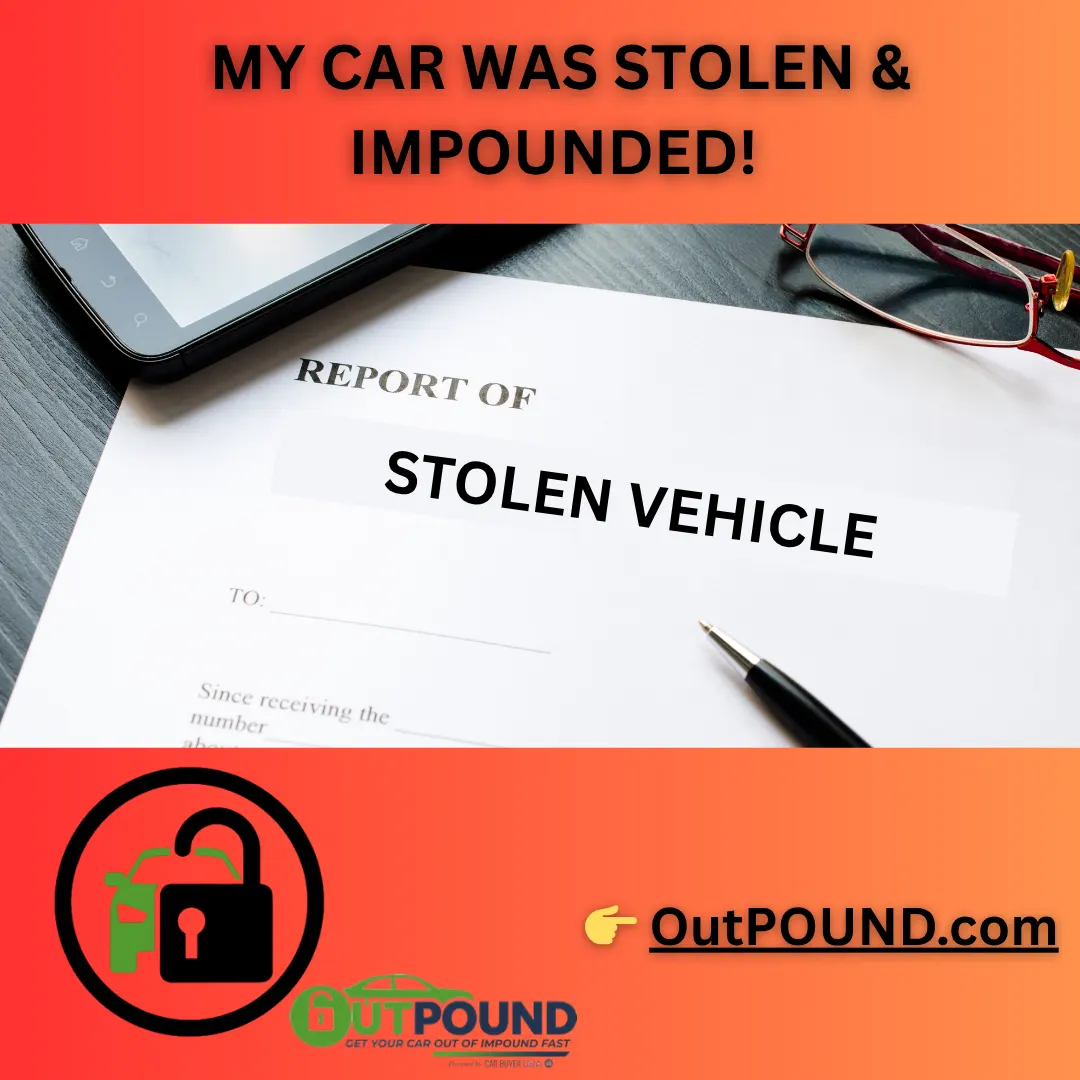
When your car is stolen and later recovered by the police, it’s an overwhelming relief,until you find out it’s been impounded. At that point, frustration kicks in. Your vehicle is safe but locked away in an impound lot, and now you're facing the next challenge: getting it back. The process can be confusing and costly, but with the right steps and information, you can navigate it more easily.
1. FIND OUT WHERE YOUR CAR IS LOCATED...QUICKLY!
After your stolen vehicle is recovered, the police will have it towed to a secure impound lot. You may not be contacted right away, especially if your contact details aren’t current or if an investigation is ongoing. Call the non-emergency number for your local police department and provide either your case number or Vehicle Identification Number (VIN). This will help them confirm the car’s status and location.
2. GATHER THE REQUIRED DOCUMENTS NEEDED FOR RELEASE!
Before you go to the impound lot, make sure you have the necessary paperwork. Most places require the following:
- A valid driver's license
- Proof of ownership (vehicle title or registration)
- A copy of the police report that confirms your car was stolen and recovered
- Proof of current insurance, depending on the impound lot’s policy
ALWAYS call ahead and verify exactly what documents they require to avoid making multiple trips.
3. BE PREPARED TO PAY FEES
Unfortunately, even if your car was stolen, you may still be responsible for towing and storage fees. Some cities may offer waivers or reduced rates if you provide proof of theft and act quickly. However, other locations may require full payment before they release your vehicle. These fees can add up quickly, so retrieving your car as soon as possible is important.
4. CHECK IF THE INVESTIGATION IS COMPLETE
In some cases, your car won’t be released immediately because it’s still part of an active investigation. The police might need to process it for evidence, such as fingerprints or other forensic work. Contact the officer assigned to your case to find out if the vehicle is on hold and when it might be available. Make sure to stay in touch with the assigned officer or detective.
5. INSPECT YOUR VEHICLE THOROUGHLY BEFORE LEAVING
When you finally regain access to your car, take time to inspect it. Stolen vehicles are often damaged, stripped, or tampered with. Document any visible damage or missing items by taking photos. This will help with any insurance claims you need to file.
6. CONTACT OUTPOUND.COM TO SPEED UP THE PROCESS
One of the most efficient ways to locate your vehicle is by using OUTPOUND.com. Our centralized platform allows you to search impound lots by city, license plate, or VIN, helping you save time and avoid frustration.
Dealing with a stolen and impounded car is stressful, but acting quickly and staying organized can make a big difference. The faster you locate your vehicle and gather the right documents, the sooner you’ll be back on the road.
Before driving off, inspect your vehicle thoroughly. Stolen cars are often damaged or missing parts when they’re recovered. Take photos of the vehicle in the impound lot and document any damage. If your insurance is involved, this documentation can help support your claim.
Finally, remember that dealing with a stolen and impounded car is a hassle, but tools like OUTPOUND.com make the search process easier and faster. The sooner you locate your car and gather the required paperwork, the smoother the process will be. Act quickly, stay organized, and don’t hesitate to ask for help from police or impound lot staff if you need it.

